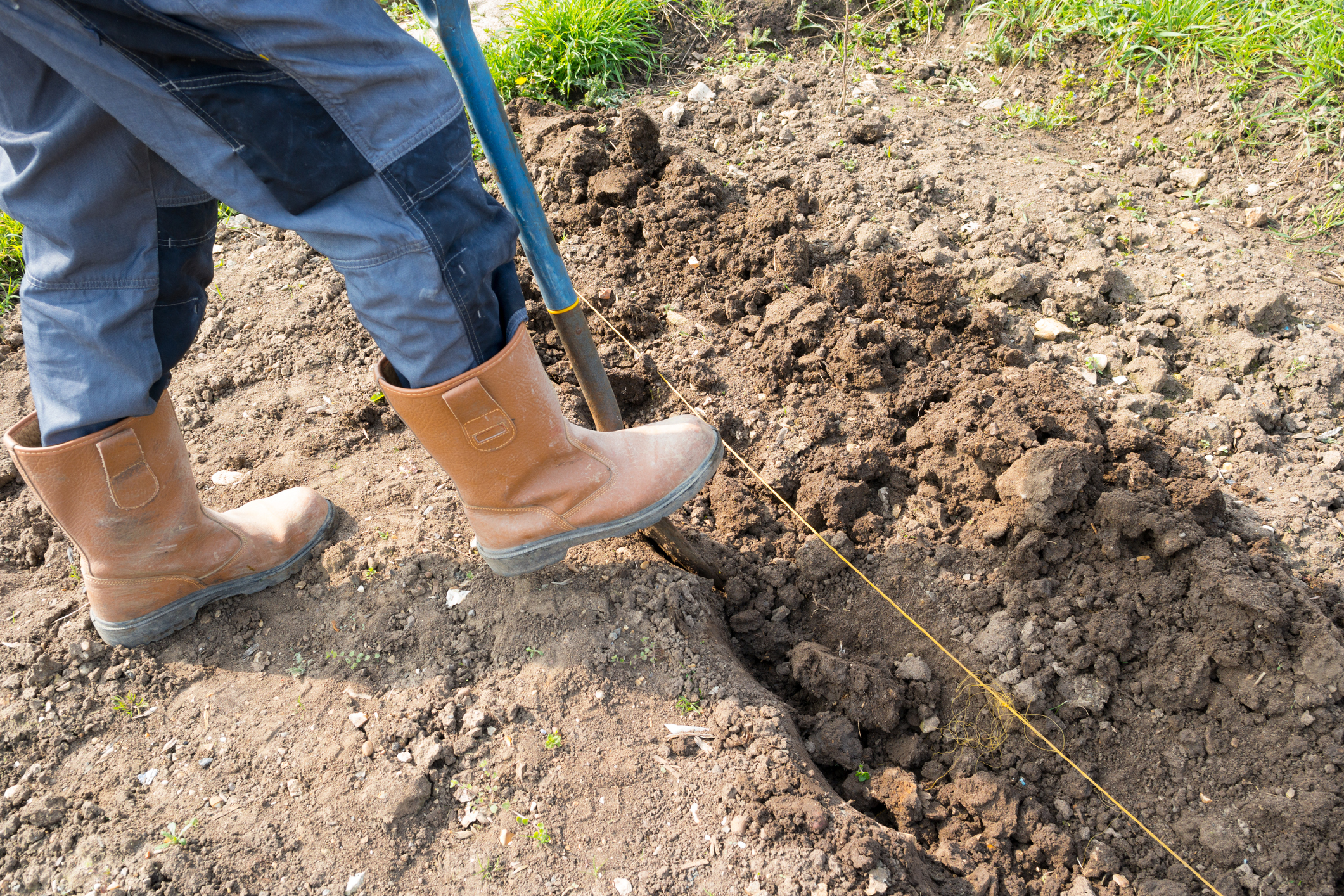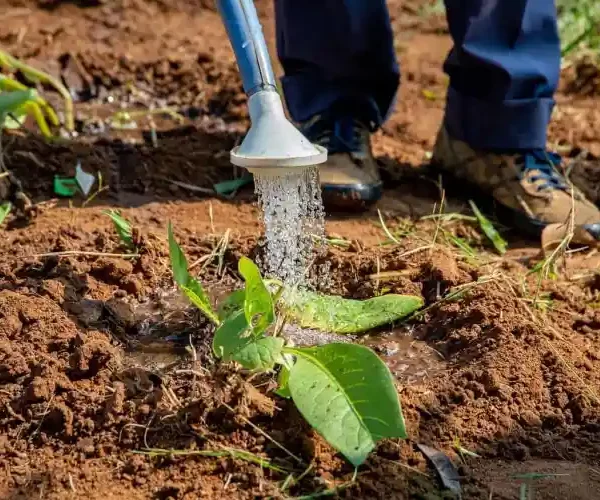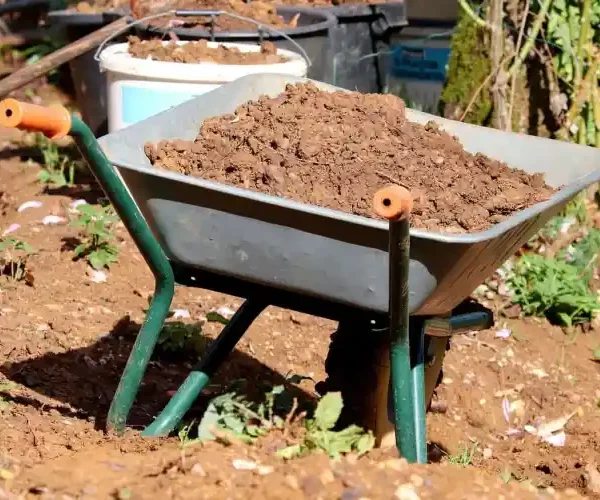Introduction to Double Digging
Double digging involves digging deeply into the soil to break up compacted layers and incorporate organic matter, allowing plant roots to penetrate deeper and access nutrients more efficiently. It is widely used in organic gardening and sustainable farming practices to promote healthier plant growth.
Benefits of Double Digging
Enhanced Soil Aeration and Drainage
Double digging improves soil aeration and drainage by loosening compacted soil layers, which helps roots receive oxygen and allows excess water to drain effectively, reducing the risk of waterlogging.
Increased Soil Fertility
By incorporating organic matter into deeper soil layers, double digging enhances soil fertility. This enriched soil provides essential nutrients for plant growth, resulting in healthier and more vigorous plants.
Improved Root Penetration and Growth
Loosened soil encourages deeper root penetration, allowing plants to establish stronger root systems. This promotes better nutrient uptake and resilience to drought conditions.

Factors Influencing Double Digging
Soil Type and Condition
Double digging is most beneficial for clay or compacted soils that are prone to poor drainage and restricted root growth. It may not be necessary for naturally loose or sandy soils.
Garden Size and Layout
Consider the size and layout of your garden beds when planning double digging. It is ideal for creating new beds or revitalizing existing ones but may be impractical for large areas or established plantings.
Step-by-Step Guide to Double Digging
Tools and Materials Needed
Gather essential tools including a spade, garden fork, compost or organic matter, and a wheelbarrow for transporting materials.
Step 1 – Marking and Preparation
Mark the boundaries of the digging area and remove any existing vegetation. Ensure all necessary materials are readily accessible.
Step 2 – First Dig (Spading)
Dig a trench approximately one spade deep across the designated area, placing the soil in a nearby pile.
Step 3 – Second Dig (Forking)
Using a garden fork, loosen and aerate the soil in the bottom of the trench without turning it over. Incorporate organic matter such as compost into this layer.
Step 4 – Mixing and Refilling
Mix the topsoil from the first trench with the amended soil from the second trench. Refill the first trench with this mixture, leveling the surface.
Step 5 – Finishing Touches
Smooth the surface of the bed, lightly compact the soil, and water thoroughly to settle the soil and integrate nutrients.
Maintenance and Aftercare
Mulching and Watering
Apply a layer of mulch to conserve moisture and protect the newly dug soil structure. Water the bed regularly, especially during dry periods, to aid plant establishment.
Monitoring and Adjustments
Monitor plant growth and soil conditions. Make adjustments as necessary, such as adding additional organic matter or adjusting watering practices based on plant needs.
What is double digging in gardening?
Double digging is a soil preparation technique where you dig down two spade depths, loosen the soil, and incorporate organic matter to improve soil structure and fertility.
Why is double digging beneficial for gardeners?
Double digging helps aerate compacted soil, enhances drainage, promotes deeper root growth, and increases nutrient availability, resulting in healthier plants.
When is the best time to double dig a garden bed?
It’s best to double dig when the soil is moist but not too wet, typically in early spring or late summer before planting season begins.
How deep should you double dig a garden bed?
Double digging involves digging down to a depth of about two spade lengths, approximately 12 to 24 inches deep, depending on your soil’s condition.
What tools do I need for double digging?
Essential tools include a sharp spade, sturdy garden fork, wheelbarrow for transporting soil and amendments, and compost or organic matter for soil enrichment.
Does double digging harm beneficial soil organisms?
When done correctly, double digging minimizes disruption to soil structure and preserves beneficial organisms like earthworms that aid in soil aeration and nutrient cycling.
Can double digging be done in raised beds or containers?
Double digging is most effective in traditional garden beds where space allows for deep digging. For raised beds or containers, consider incorporating compost and using a garden fork to aerate.
How long do the benefits of double digging last?
The benefits of double digging can last for several years, depending on soil type and maintenance. Regularly adding organic matter and practicing crop rotation helps sustain soil health.
Is double digging necessary for all types of gardening?
Double digging is particularly beneficial for compacted or heavy clay soils. In sandy or loamy soils, other soil improvement methods like mulching and composting may suffice.
What are alternatives to double digging for improving soil health?
Alternatives include no-dig gardening methods like lasagna gardening or sheet mulching, which layer organic materials on top of existing soil to build fertility without disturbing soil layers.
- Best THC Sodas to Buy in Arkansas - May 28, 2025
- Exploring THC-Infused Sodas in Arkansas - May 28, 2025
- THC Beverages Now Trending in Alabama - May 28, 2025




